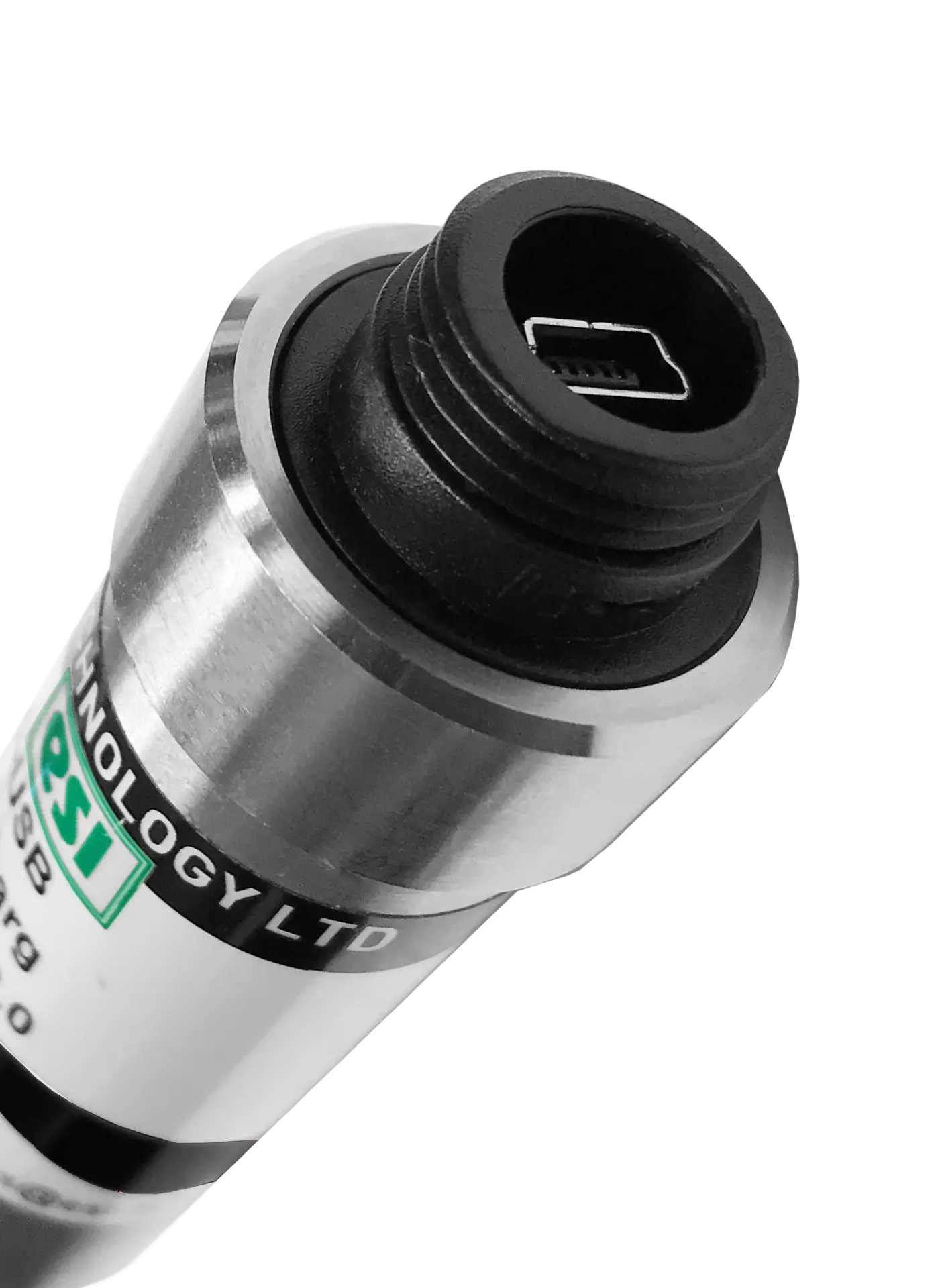Our Unit Converter
The ESI Unit converter allows you to quickly and easily access a conversion tool to work out your preferred unit of pressure measurement wherever you may be. Whether out on-site or in the office.

Download the ESI-USB© Software
The ESI-USB© software allows you to connect your ESI transducer to your laptop or PC and be up and running monitoring pressure data within ten minutes. The software auto-updates and is compatible with Windows 8, 10 & 11.

In today’s technologically advanced world, precision and data accuracy are paramount across a multitude of industries. From industrial automation and process control to environmental monitoring and medical devices, the need for reliable pressure measurement is constant. This is where digital pressure transmitters play a crucial role. But what exactly are they? Let’s delve into the intricacies of these sophisticated devices.
At its core, a pressure transmitter is a device that converts pressure into an electrical signal. Traditional, or analogue, pressure transmitters typically output a continuous current or voltage signal that is proportional to the measured pressure. While effective for many applications, analogue signals can be susceptible to noise and signal degradation over long distances, potentially impacting the accuracy of the pressure reading.
Digital pressure transmitters take this fundamental process a step further. Instead of outputting a continuous analogue signal, they convert the measured pressure into a digital signal. This digital signal is then transmitted electronically, offering several significant advantages over their analogue counterparts.
The key difference lies in the signal processing. A digital pressure transmitter incorporates internal electronics, including an analogue-to-digital converter (ADC). This ADC samples the analogue signal from the pressure sensor and converts it into a discrete digital value. This digital representation of the pressure can then be processed, compensated for temperature and linearity errors, and transmitted using various digital communication protocols.
Digital pressure transmitters often feature microprocessors that enable advanced functionalities. These onboard processors allow for sophisticated signal conditioning, ensuring higher accuracy and stability of the pressure readings. Temperature compensation, for instance, is crucial as pressure sensor outputs can be affected by temperature fluctuations. Digital transmitters can actively compensate for these variations, providing a more reliable and accurate pressure measurement across a wider operating temperature range.
Furthermore, digital pressure transmitters offer enhanced communication capabilities. They typically utilise digital communication protocols such as HART (Highway Addressable Remote Transducer), Foundation Fieldbus, RS485 or Modbus. These protocols allow for bidirectional communication, meaning that not only can the pressure reading be transmitted to a control system, but also configuration parameters can be sent to the transmitter. This enables remote calibration, diagnostics, and access to additional information such as sensor temperature and status.
The benefits of using digital pressure transmitters are numerous:
- Increased Accuracy: Digital signal processing and compensation techniques lead to more precise and reliable pressure measurements.
- Improved Stability: Digital signals are less susceptible to noise and signal degradation, ensuring consistent readings even over long distances.
- Enhanced Communication: Digital protocols enable bidirectional communication for remote configuration, diagnostics, and access to additional data.
- Greater Flexibility: Many digital transmitters offer configurable parameters, allowing them to be tailored to specific application requirements.
- Advanced Diagnostics: Onboard microprocessors can perform self-diagnostics, alerting users to potential issues before they lead to system failures.
- Reduced Wiring: Some digital protocols allow for multiple devices to be connected on a single loop, reducing wiring complexity and installation costs.
Digital pressure transmitters are employed across a vast spectrum of industries. In industrial automation, they are essential for controlling and monitoring pressure in various processes, ensuring efficiency and safety. In the oil and gas sector, they are used for critical pressure measurements in pipelines and wellheads. Environmental monitoring relies on digital pressure transmitters for accurate atmospheric and water level measurements. Even in medical devices, precise pressure sensing is vital for applications like blood pressure monitoring and infusion pumps.
As technology continues to evolve, digital pressure transmitters are becoming increasingly sophisticated, offering even greater accuracy, functionality, and integration capabilities. Their ability to provide reliable and digital pressure data makes them an indispensable tool for modern industrial and scientific applications, empowering users with the precise information needed for optimal performance and control. At ESI Technology, we are at the forefront of developing and supplying high-performance digital pressure transmitters to meet the demanding needs of various industries.



